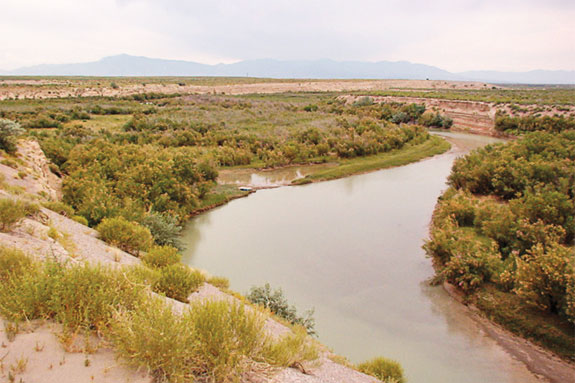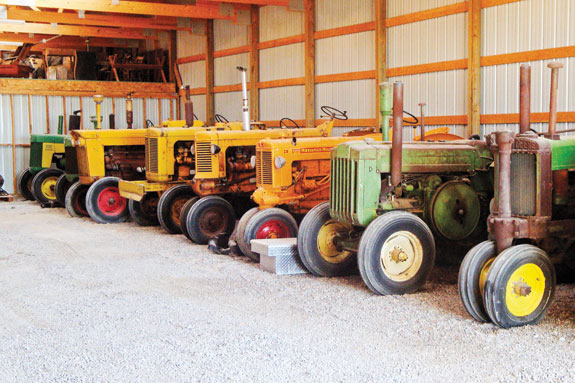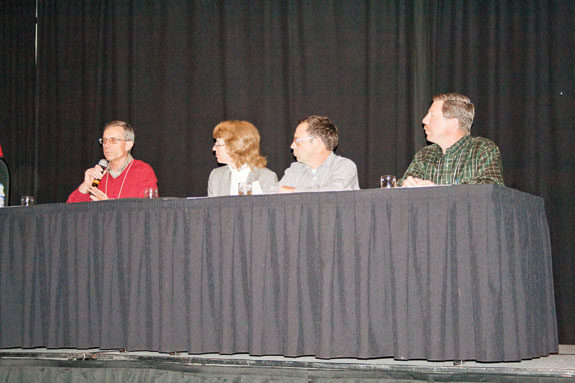The biennial Western Dairy Management Conference looked and sounded much different than the last time the meeting convened in Reno, Nevada, in 2009 – both in the number of participants and the tone of presentations. Attendance was up about 6 percent this year. And more of the 2011 presentations were optimistic about producer profitability and opportunities in the future.
During the three-day conference, researchers and market analysts presented the latest news, information and updates about their work.
2011 price outlook“The U.S. dairy industry has entered a global market era. It can’t easily go back,” said Tim Hunt, a global dairy market analyst for Rabobank.
Hunt said his company anticipates milk prices will remain high through 2011. Factors to watch that may influence the market include:
• A shortage of the domestic milk supply in India. Hunt said a shortage is known to exist, but how large it is and how much it will impact the country’s dairy imports is not yet known.
• Korea’s foot-and-mouth disease outbreak. Their decreased domestic dairy product production and need for imported products will impact prices.
• U.S. milk production increases. Hunt said if milk production expands more than 2.5 percent through the first part of the year, it would put downward pressure on prices.
Besides capturing more market share for world dairy products, Hunt also indicated U.S. producers could also capture more value per hundredweight of global dairy product sold.
Phil Plourd of Blimling and Associates said his 2011 milk price and margin predictions were also strong. The return of Pizza Hut and Domino’s to the No. 2 and No. 4 spots for restaurants with annual sales increases is evidence that consumers are eating out again and eating dairy, he said.
“Americans like to eat out and discretionary dollars have flowed back into that space,” Plourd said.
He was cautious to mention that rising gas prices could eventually change this trend.
 “Buy gas or eat out –this decision may face consumers in two to three months,” Plourd said.
“Buy gas or eat out –this decision may face consumers in two to three months,” Plourd said.
How we got through it
A panel of large-herd dairy operators from Illinois, Utah and Colorado discussed their strategies for coping with and making it through 2009.
Scheidairy owner Dan Scheider of Freeport, Illinois, said he tried to find non-critical things the dairy could skip such as not testing every cow for Johne’s (as had been the dairy’s protocol) and not fertilizing a field in the last year of its alfalfa rotation.
“We didn’t want a herd of skeletons that we couldn’t get back into milk again when 2009 was over,” Scheider said.
Quail Ridge Dairy co-owner Chris Kraft said 2009 was one of his family’s worst. In addition to the dairy milk price crisis, his dairy was hit by a tornado and raided by Immigration and Customs Enforcement (ICE), his daughter was diagnosed with cancer and his bank failed.
“Even though you get a tough time thrown at you, you are not powerless,” Kraft said. “Believe in yourself and believe in God.”
Kraft said keeping up employee morale was critical. Employees knew things were tough but he didn’t want them to get down on themselves.
“We did a lot more ‘atta boys’ than ‘what the hells?’,” Kraft said. “Even when things were worst in 2009, I kept thinking, ‘There are probably a billion people in the world who would still trade places with me.’”
Mountain View Dairy co-owner Maria Nye said she also used gratitude for the small things to buoy her spirits. She tried to write down three things each day she was thankful for, but admitted some days in 2009 it was difficult to even come up with three.
She said she would often take a picnic to a nearby river to escape the dairy, if only for an hour or two. Her husband, John, escaped to his hobby of collecting and fixing antique tractors. They both said community involvement was important to keep a realistic perspective.
“It was good to get out of yourself and see that other people have troubles too,” she said.
To help with cash flow, the Nyes made a special deal with their usual hay supplier. They had the feed they would usually buy brought to the dairy, but only paid for it as it was fed. John says he told the hay producers to leave it identified in lots so they could tell which hay producer needed paid once it was fed.
 “We told them up front, ‘If we fail, we’re not going to take you with us,’” John recalled. “If we can’t pay for the feed, you can have it back.”
“We told them up front, ‘If we fail, we’re not going to take you with us,’” John recalled. “If we can’t pay for the feed, you can have it back.”
John says the willingness of hay suppliers to work on these terms gave the dairy some flexibility in their cash flow that helped them make it through tough times.
All the panel members indicated that margins were still tight and recovery from 2009 was still years away.
“Allied industry, don’t drool too much,” Maria said. “There’s not an excess of money out there.” PD
PHOTOS
TOP RIGHT: Dan Scheider (far left) of Illinois, John and Maria Nye (center) of Utah and Chris Kraft of Colorado discussed their strategies for coping with the stress on their dairies in 2009 during a panel discussion at Western Dairy Management Conference in Reno in March.
MIDDLE RIGHT: Maria Nye said she would often escape with a peanut butter and jelly sandwich to this river nearby her and her husband’s dairy in 2009.
BOTTOM RIGHT: John Nye said his hobby of collecting and fixing antique tractors helped him relieve the stress created by 2009’s low milk prices. Photos by Walt Cooley and courtesy of Maria Nye.





